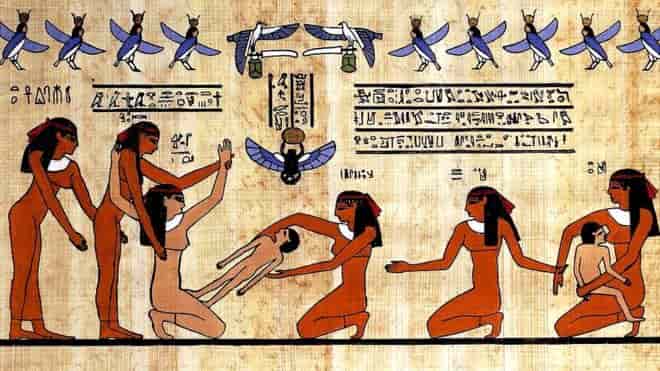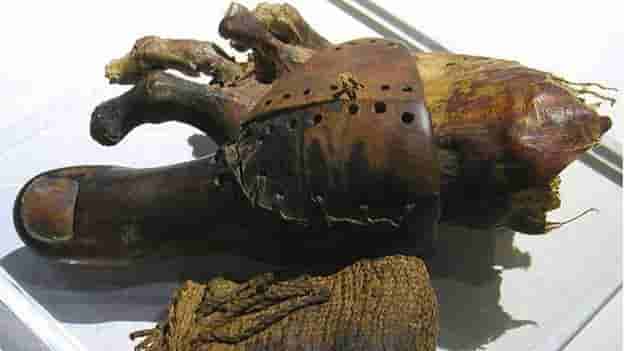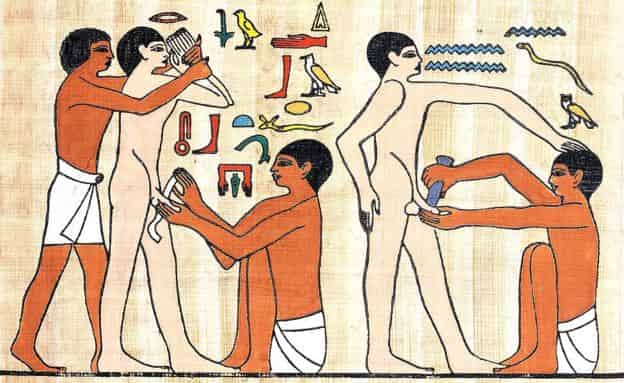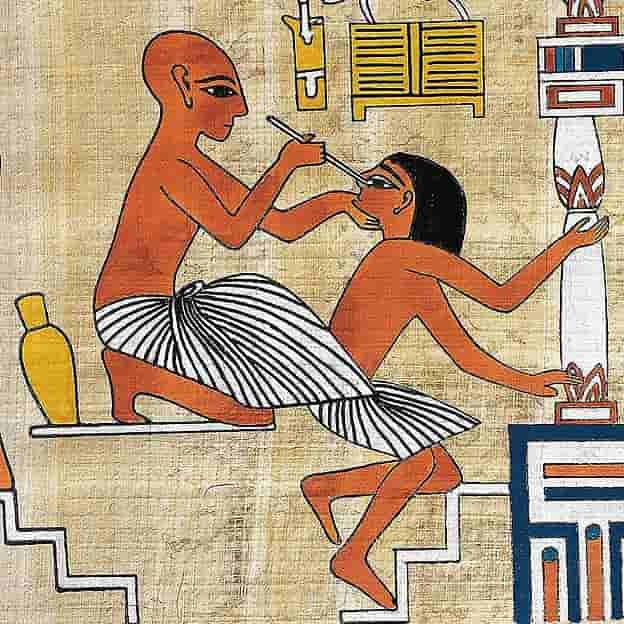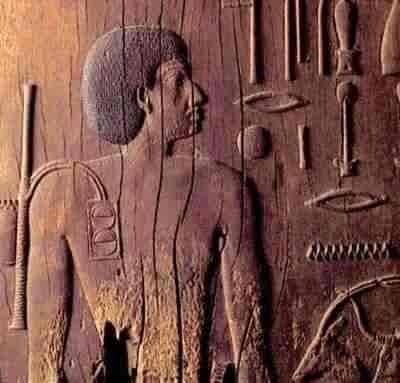Medicine in Ancient Egypt was intertwined with magic. During that time, there was no clear division between science and religion.
Diseases were often believed to be decreed by the gods as punishments or caused by evil spirits inhabiting the body, which had to be expelled through rituals, spells, and amulets.
However, all of this was complemented by a highly practical approach to medicine, and some of the methods they used have endured the test of time.
Although we suspect that much knowledge was lost due to unfortunate events such as the disappearance of the Royal Library of Alexandria, we are aware that their rich culture, which thrived for over 3,000 years before the Christian era, was remarkably advanced.
Nevertheless, it is still astonishing what the ancient Egyptians already knew in the field of medicine. Here are some examples:
Surgery
The ancient Egyptians gained significant insights into human anatomy through their practice of mummification.
While preparing the deceased for their journey to the afterlife, they could observe the body’s various parts and correlate them with the diseases the individuals had experienced during their lives.
This knowledge enabled them to perform surgeries, and evidence of such procedures has been discovered in mummies, ranging from trepanation (skull piercing) to tumor removal.
Tooth Care
Despite their efforts to clean and thoroughly grind grains for flour, small pieces of stone and desert sand often found their way into meals, which could result in tooth damage and infection.
The Ebers Papyrus, one of the oldest known medical treatises, contains numerous recipes for fillers and ointments. One of these recipes explains how to treat a “tooth that itches to the skin’s opening” using the following ingredients: cumin (1 part), incense resin (1 part), and fruit (1 part).
Some recipes also incorporated honey, which possesses antiseptic properties. In other cases, they simply covered the cavities with linen.
Prosthetics
Ancient Egyptians required prosthetics for both the living and the deceased, with the latter perhaps holding greater significance.
It was believed that in order for the body to be complete in the afterlife, mummification was essential, as was the completion of any missing body parts before the journey.
However, prosthetics also served the living, facilitating daily functions, much like today.
The most renowned of these ancient prosthetics is the finger depicted in the photo, known to have been used by a woman during her lifetime. It stands as the oldest known prosthesis.
Circumcision or purity among the ancient Egyptians
Circumcision has been practiced in various societies throughout history, driven by medical and/or religious motives.
In Ancient Egypt, circumcision was a widespread practice to the extent that an uncircumcised penis was a rare sight.
The ancient Egyptians were not aware of female circumcision, but it was considered an essential rite for all males. Circumcision was typically performed starting at the age of ten. The ancient Egyptians believed that circumcision purged impurities from men.
Government-Controlled Medical System
Access to medical care in Ancient Egypt was tightly regulated by the government.
There were medical institutions that trained physicians, who underwent specific educational programs. These institutions admitted patients and provided treatment.
Medical manuals, such as the aforementioned Ebers Papyrus, documented ailments and their corresponding treatments.
Additionally, there are accounts of medical camps established near construction sites and quarries to attend to injured workers.
Furthermore, there are indications that if an accident occurred on the job, rendering the worker unable to work, compensation was provided.
